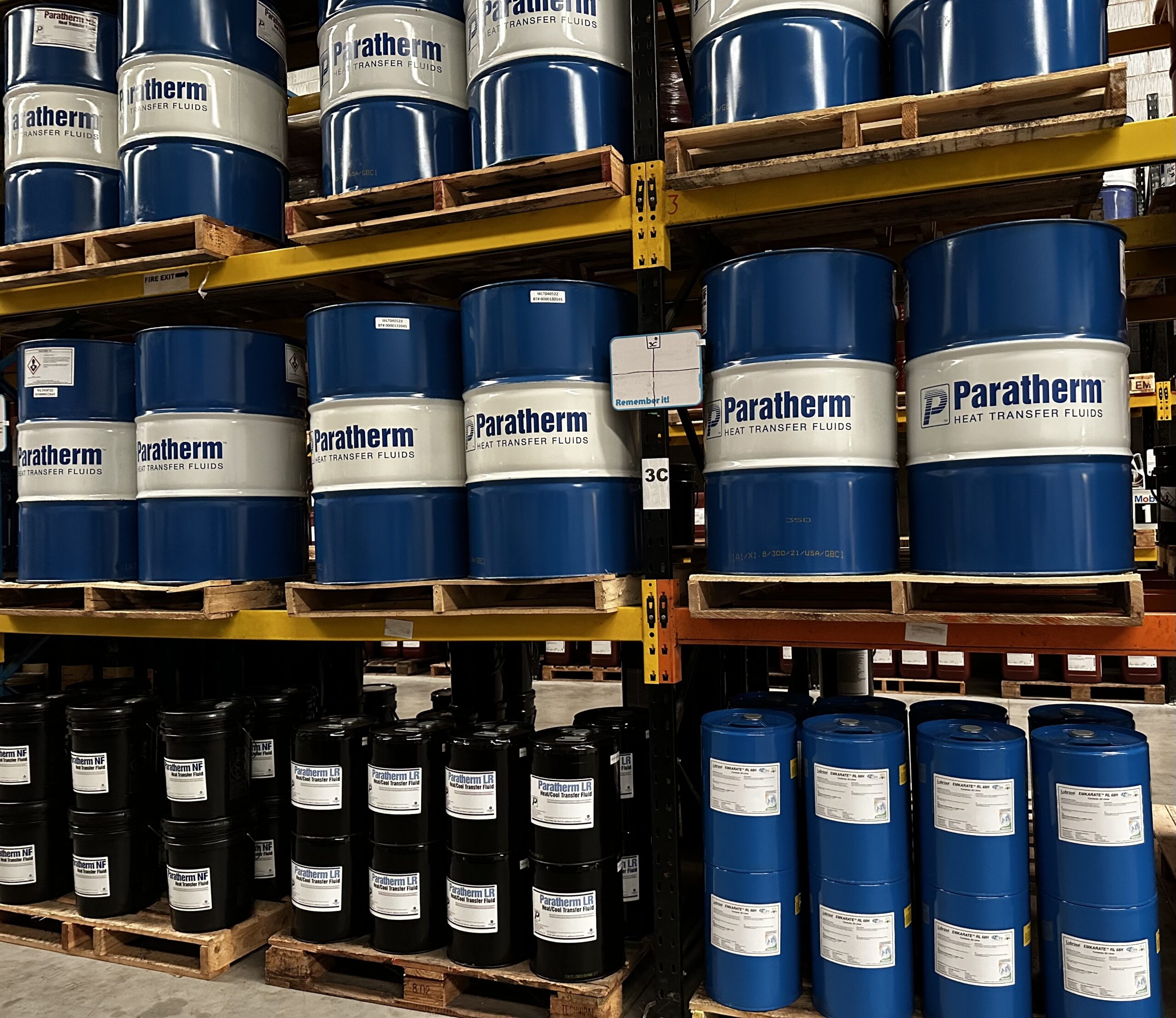How to Choose the Best Heat Transfer Fluid for Industrial Applications
The Duty of Heat Transfer Liquid in Enhancing System Efficiency and Security
In the ever-evolving landscape of industrial procedures, heat transfer liquids (HTFs) become crucial components in enhancing both system performance and security. These specialized fluids, understood for their premium thermal conductivity and controlled viscosity, allow reliable warmth exchange, which is important for structured procedures. However, the effect of HTFs expands past simple efficiency; their intrinsic thermal security and low flammability significantly contribute to take the chance of reduction. As industries come to grips with the demand for high-performance and secure operations, comprehending the nuanced role of HTFs becomes essential. What exactly makes HTFs so important in today's commercial structures?
Comprehending Warm Transfer Liquids
Warmth transfer liquids, usually taken into consideration the lifeblood of thermal management systems, play an essential function in regulating temperature level throughout different commercial applications - heat transfer fluid. Industries such as chemical handling, power generation, and manufacturing count on warmth transfer fluids to ensure tools operates efficiently and safely.
The selection of a proper warmth transfer fluid is critical to the success of a thermal management system. In recap, a thorough understanding of warmth transfer liquids is crucial for enhancing system performance, guaranteeing operational safety, and attaining cost-effective thermal monitoring solutions.
Key Characteristic of HTFs

The specific warmth capacity of an HTF marks the amount of warm energy needed to transform its temperature level, impacting just how effectively the system can react to temperature variations. The boiling and freezing factors of HTFs additionally play a critical role, especially in systems revealed to extreme temperature levels, ensuring liquid stability and protecting against phase modifications throughout procedure.
Enhancing System Efficiency
To enhance system efficiency with heat transfer liquids (HTFs), it is necessary to integrate a thorough technique that thinks about both liquid residential properties and system design. The option of a suitable HTF is pivotal, as its thermal conductivity, look at here now viscosity, and specific warm capacity straight affect the effectiveness of heat exchange.
Equally crucial is the style of the warmth transfer system itself. The surface area and product of warm exchangers must be optimized to make best use of warm transfer performance.
Boosting Operational Safety And Security
Ensuring operational security in warmth transfer systems needs a meticulous focus on both the properties of warmth transfer fluids (HTFs) and the style and upkeep of the entire system. HTFs need Full Article to have thermal security, low flammability, and suitable thickness to decrease risks such as leaks, fires, and system malfunctions. Choosing the best HTF is critical as it establishes the system's capacity to take care of temperature level variations without compromising safety.
The style of the system must integrate redundancies and fail-safes to take care of prospective dangers effectively. This includes the combination of safety and security shutoffs, pressure relief devices, and temperature monitoring systems to spot and attend to anomalies immediately. Regular upkeep is imperative to make sure that all components, including pumps, pipelines, and seals, are working properly and are complimentary from wear or corrosion, which could lead to unsafe leaks or failings.
Moreover, workers liable for the procedure and upkeep of warmth transfer systems have to be adequately educated in safety procedures and emergency situation reaction treatments. Consistent training programs and security drills can significantly minimize the likelihood of mishaps, ensuring a much safer working setting. Ultimately, a detailed strategy to safety-- including liquid selection, system style, and labor force training-- is indispensable for optimal operational safety.
Market Applications of HTFs
Commonly made use of throughout various industries, warm transfer liquids (HTFs) check that play a crucial function in improving the performance and integrity of thermal management systems. In the chemical industry, HTFs are essential for preserving exact temperature levels throughout responses, making certain product consistency and quality. They help with warm exchange processes in reactors, condensers, and warm exchangers, consequently enhancing power usage and lessening waste.
In the oil and gas field, HTFs are used in both upstream and downstream procedures. They take care of temperature level in drilling procedures and boost performance in refining processes by providing stable thermal conditions. This results in reduced downtime and enhanced safety, especially in essential procedures such as purification and splitting.
The renewable power field likewise benefits substantially from HTFs, specifically in focused solar energy (CSP) plants. Right here, HTFs transfer caught solar power to power generators, allowing reliable electricity generation. The pharmaceutical industry counts on HTFs for specific temperature control in both synthesis and storage space, ensuring item efficiency and safety and security.


In addition, the food and beverage sector utilizes HTFs for pasteurization, sanitation, and cooking processes, boosting both product safety and manufacturing effectiveness. Across these sectors, HTFs serve as indispensable parts in preserving optimal functional efficiency and security.
Verdict
Warmth transfer fluids are vital in improving industrial system efficiency and security by offering high thermal conductivity, ideal viscosity, and thermal stability. Proper option and maintenance of HTFs improve warmth exchange effectiveness, therefore improving functional efficiency. The reduced flammability of these fluids is critical for minimizing dangers and making certain safe procedures. Comprehensive employees training and regular upkeep further sustain the integrity and efficiency of commercial procedures, solidifying the vital role of HTFs in diverse applications.